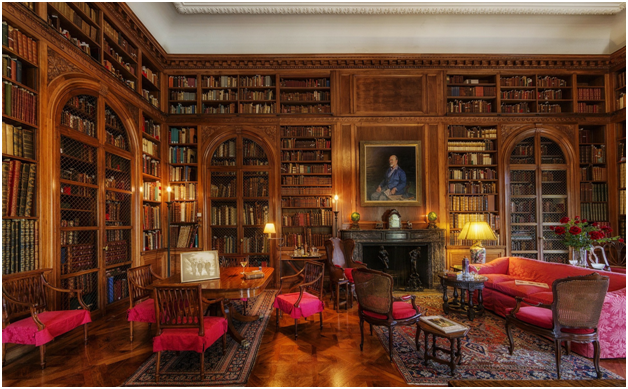Contrast makes life interesting. Current interior design trends are directed toward light, airy, uncomplicated spaces, with soft colored furniture and accessories. Many designers have chosen semi monochrome simple design rugs and carpets to go with this style. But there is another way to go. Think color, bold, striking, saturated color. Think Caucasian rugs, Armenian rugs, Turkish rugs, tribal rugs, village rugs. Think lively pattern,direct appeal to the senses, complete contrast.From the East comes light from light comes color. Oriental rugs come from the East. They bring color and vitality to every room in your home.Color accents are required, whether they be on the floor or on the wall to move the eye around the space. Place the colors (rugs) where they will do the most to engage the viewer. An artistically satisfying rug is one of the most universally accepted decorating gestures.
Antique Rugs And Their Colors
The true antique oriental rug is a natural product. These natural materials include wool, cotton and silk. The dyes ought to be natural as well. Red is derived from either the root of the madder plant or is extracted from minute scale insects. A mordant is employed to permanently penetrate the fiber with the dye.The usual mordant employed in oriental rugs is alum. Among the other lesser used sources of red are the logwood dyes from Brazil and China. These dyes are somewhat fugitive to light unlike madder and cochineal. The main source of all blues is indigo whether naturally derived from the indigo plant or the synthetic version which is chemically identical. Yellow may be from weld, larkspur any one of many local plants. Green is a double dye of yellow and blue. Brown mainly comes from oak bark or oak gall or walnut husks.Black is often a corrosive color and is derived from iron pyrites. Occasionally, natural brown wool is used for brown details. Rare colors such as aubergine is derived from madder while salmon is from depleted madder dye bath and blue red to purple red is from lac.


Yo, anyone had any luck at 50jilicasino? Heard they got some decent slots. Might drop in for a quick session later.